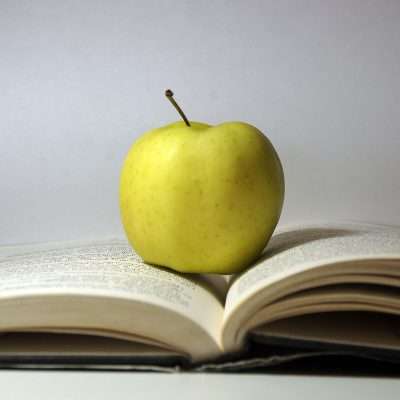Last week I wrote about strategies for how to combat, “I can’t draw.” As teachers, we don’t always have all the time we would like to convince every student that, indeed, they are capable of drawing. So, instead, we must reach for the words or actions with the most impact. These strategies won’t solve every reluctant student’s mindset but can quickly assure your students that you believe in them and challenge their thinking about themselves.
The quick things to say in response to “I can’t draw.”
Add “YET” to the end of their statement. “I can’t draw YET.”
“If you can write your name you have all the skills to learn to draw anything.”
“How good were you at (insert skill here, skateboard, hockey, piano, etc.) when you began?”
“That’s why you’re here. If you already knew how then you wouldn’t be in a class to learn.”
“Practice makes perfect. If you’re successful at soccer, it’s because you practice. If you play an instrument you have to practice. If you want to learn to draw, you have to practice. Even famous artists had to practice to improve.”
“There’s a difference between can’t and won’t.”
“Remove the letter t from that sentence and try again.”
“Success comes from focus, effort, and perseverance.”
“Drawing is eye-hand coordination. If you can play a sport you can learn to draw. It just takes practice.”
Other approaches to “I can’t draw”
Empathize with your students. Admit your struggles with drawing now and in the past.
Have students take snapshots of their work, it’s a great tool to show student growth.
Get rid of grading projects and instead assess learning and growth. You can find a presentation on this topic here.
Show before-instruction drawings with post-instruction drawings. Save those to show future students the type of growth they might expect.
Try collaborative art projects like group grid projects.
Use activities from Betty Edward’s book Drawing on the Right Side of the Brain.
Ban the word can’t from your art room. Instead, teach them the phrase “This is challenging but I’ll keep trying and do my best.”
Use and even display the Picasso quote, “Every child is an artist. The problem is how to remain an artist once we grow up.”
Try to instill a growth mindset in your students. Learn more here.
YouTube help
Your students might benefit from watching some of these videos early in the year. These videos help dispel the idea many of our students believe which is some people can draw while others can’t. We know it’s not true but our students need some convincing.
Can’t Draw? Oh, Yes You Can
Time: 6:13
Summary: Were you told in school all those years ago you couldn’t draw? I’m saying if you can write, you can draw. I’ll show you that writing and drawing are the same processes. Teaching writing skills is the same as teaching drawing skills hopefully this will motivate those who think they cannot draw. It follows then that anyone who can write can also draw. I go on to show how artists, such as Picasso, used this idea in his paintings and drawings to communicate just like an author. A book is full of shapes which, when grouped together we call words, a painting is full of shapes too and the same mental skills are required to read both. So, you read a Picasso painting like you read a book, you read the shapes. This video would be useful for teachers.
Why You Can’t Draw (It’s not your fault – well, it is somewhat.)
Time: 11:49
Summary: Ever wondered why some people can draw well and others can’t? In this video, we’ll look at the reasons why you can’t draw and explore solutions. You can draw, in fact – anyone can. It requires knowledge and practice and talent has nothing to do with it. Sure, you may be “gifted” but if you never practice your skills or gain knowledge on how to improve them, then you’ll never be able to draw. Drawing is a skill that anyone can learn and develop – even you.
Why people believe they can’t draw – and how to prove they can
Time: 15:03
Summary: Why is it that so many people think they can’t draw? Where did we learn to believe that? Graham Shaw will shatter this illusion – quite literally – in a very practical way. He’ll demonstrate how the simple act of drawing has the power to make a positive difference in the world. Graham specializes in the art of communication and has helped thousands of people to make important presentations. He is perhaps best known for his use of fast cartoon drawings to communicate ideas and is the author of ‘The Art of Business Communication’. This talk was given at a TEDx event using the TED conference format but independently organized by a local community.




